So, it’s 2-0 down with two matches to go. The last time an Australian tourist side was 2-0 down in an Ashes series in England after three Tests was back in 1977. I remember that summer well, because even though I’m English, I was supporting Australia. Yes, that’s right: a Brit rooting for the Aussies.
Let me explain. I’ve always supported the underdog. In soccer I support Sheffield Wednesday and have done ever since they were thrashed 8-2 by my father’s team QPR, in November 1973. Politically, I supported Britain’s Labour party during the time when they were the ‘outsiders’, and up against the Margaret Thatcher win machine. But I went off them big time when Labour were the bookies favourites to win in the Tony Blair era. And in cricket, supporting the underdog meant siding with Australia when they came to contest the Ashes in Britain in 1977. I had cheered on England in 1975 against the Australians and in 1976 when they took on the West Indies. But in the summer of 1977, I kind of fell in love with the Australian team. Everything was against them. This was the year that the media mogul Kerry Packer tore Australian — and world cricket — asunder. Ian Chappell, Ross Edwards and Dennis Lillee had, to quote Wisden, left their flannels at the cleaners on account of having been signed up by Packer for his World Series and didn’t fly over. On top of that, 13 of the 17 members of the team already had Packer’s contracts in their pockets: no wonder they seemed so distracted in the field and put down so many catches. They were up against a resurgent England, led by the magnificent Mike Brearley, who had replaced the sacked Packer agent Tony Greig — and with an aggressive young bowler named Ian Botham bursting to make his name.
The one day internationals, which came before the Test series, were a sign of what was to come. The first was close: England scrambled home by two wickets, but in the second Australia were bowled out for just 70, which remains the joint lowest total an Australian side has recorded in an ODI. The Test series began with a sporting draw in the ‘Jubilee’ test at Lord’s, but then it all went pear-shaped. My sister, who had a serious crush on David Hookes, took me to see the tourists when they played Oxford and Cambridge universities on 23-24 June. We got autographs — my sister was on cloud nine after getting Hooksie’s — and they all seemed a very friendly crew. Hookes played a blinder, hitting four sixes and ten fours in an innings of 74, but it was the man shutting up the other end who got my attention. I fancied myself as an opening bat back then — slow-scoring and methodical in the Geoffrey Boycott mould — and so I identified with the Aussie opener Ian Davis, especially as he was someone I’d never heard of before.
Poor Ian Davis. He must go down as the least successful opening batsmen ever to play in an Australian team in England. He had everything he needed to be a good opener at Test level, except that he couldn’t resist playing at short-pitched balls. The tour started badly for the man who became my hero: he was out to the very first ball of the match versus Kent, and he only lasted one more delivery in the second one day international, when he steered an extravagantly bouncing delivery from Willis to gully.
In the first two ODIs he scored an aggregate total of, er 1, and wasn’t picked for the third. In the Tests he got into the 30s twice, but totalled just 107 runs in 6 innings — an average of 17.83.
I remember watching Davis in the second innings of the second Test at Old Trafford. He’d scored 34 in the first, and was dourly hanging on with 12, with Australia at 80-1, attempting to overhaul England’s lead of 140. But Willis bowled him a short-pitched ball, he mistimed his hook and was caught. Another bitter disappointment, but there was some compensation. In the Test matches I played with school friends — and sometimes by myself — with a tennis ball being thrown at a wall and me standing in front of a fruit box wicket, Ian Davis nearly always came up trumps, making up for his lack of runs in the real thing.
Australia lost three Tests in a row after drawing the first one, the first Australian team to lose three Tests in England since 1886.
At Headingley, Geoffrey Boycott made history by becoming the first player to score his hundredth 100 in a Test match. Ian Davis made 0 and 19. But the tourists did show admirable character to rally for an honourable draw in the final Test, scoring all of 385 runs, which was hugely pleasing. Davis had by now been dropped, but his replacement, Craig Serjeant fared no better, being out for a duck.
Wisden was scathing about the 1977 tourists. ‘Left behind was one of the worst records of any Australian team making a comparable tour… Although the day should never come when an Australian cricket team is described as colourless, the 1977 party to England took on a very light shade of grey.’ Greg Chappell’s side were not only routed in the Tests, they also suffered the ignominy of losing to the Minor Counties. They recorded just five wins all summer, and two of those were against the bottom sides in the county championship.
But although the record books show them to be the worst Australian team to tour England in the 20th century, for one cricket mad 11-year-old schoolboy in England, Ian Davis and his teammates were heroes. The point is that they competed, were sporting, signed autographs cheerfully and played the game.
So as the 2013 tourists stop their losing run against England, let’s raise a glass to their gloriously unsuccessful predecessors and remember that sport — like life itself, is not just about winners.
Got something to add? Join the discussion and comment below.
Get 10 issues for just $10
Subscribe to The Spectator Australia today for the next 10 magazine issues, plus full online access, for just $10.
Neil Clark, an Oxford-based writer, is a regular contributor to the New Statesman, The Spectator and the American Conservative.
You might disagree with half of it, but you’ll enjoy reading all of it. Try your first month for free, then just $2 a week for the remainder of your first year.

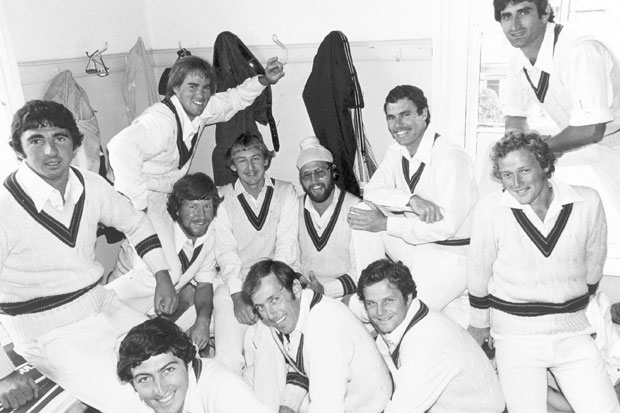
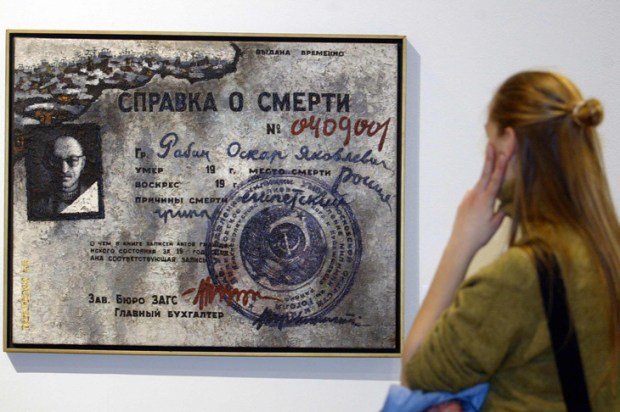
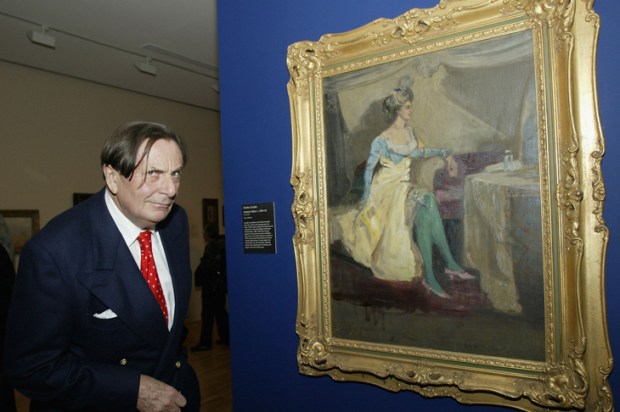


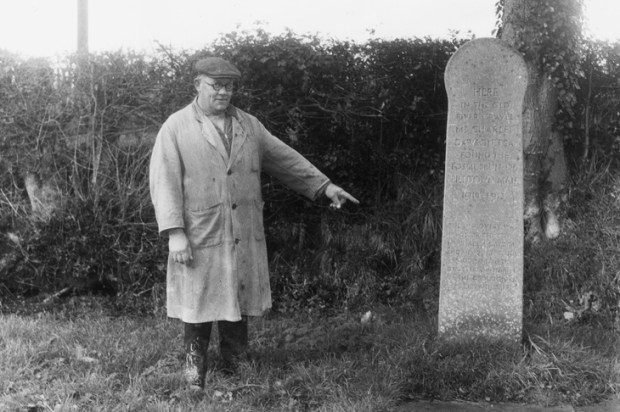
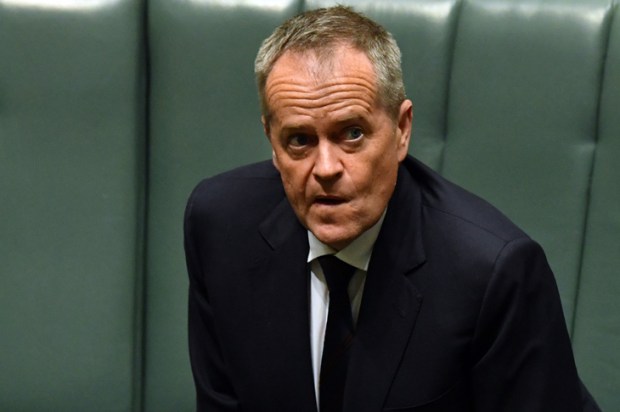






Comments
Don't miss out
Join the conversation with other Spectator Australia readers. Subscribe to leave a comment.
SUBSCRIBEAlready a subscriber? Log in